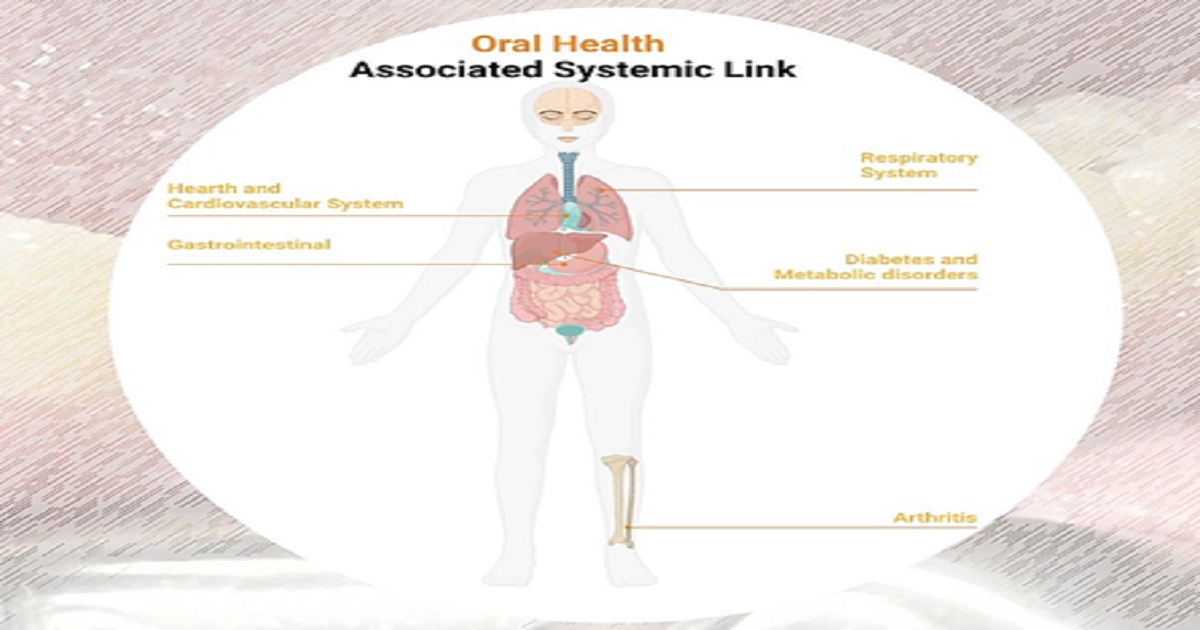Oral Health Management and Disease Treatment
Topic Information
Dear Colleagues,
Oral health management and disease treatment encompasses a comprehensive approach to maintaining oral hygiene, preventing dental diseases, and treating existing conditions. Effective oral health management involves regular dental check-ups, professional cleaning, and a rigorous at-home care routine, including brushing, flossing, and mouthwash use. Key elements include diet regulation to reduce sugar intake, fluoride treatments to strengthen enamel, and dental sealants to protect teeth from decay. Disease treatment in oral health addresses tooth caries, periodontal disease (gingivitis and periodontitis), oral cancers, oral infections, and temporomandibular and craniofacial growth disorders. Treatments range from non-invasive procedures to operative options. Innovations in dental technology, including laser treatments, digital dentistry, and biocompatible materials, have significantly enhanced diagnostic accuracy and therapeutic outcomes. Patient education is critical, emphasizing the importance of early detection and intervention to prevent the progression of dental diseases. Integrating oral health into healthcare strategies underscores its impact on systemic conditions like diabetes and cardiovascular disease. Oral health is linked to general systems and lifestyle balance. The maintenance of mouth function and esthetics plays a key role in biological stability at the oral health level due to novel advances in terms of innovative biomaterials and surgical procedures and techniques that are able to improve tissue response and the long-term predictability of rehabilitation.
By adopting a holistic approach, oral health management and disease treatment aim to improve oral and general health, ensuring a higher quality of life for patients. The purpose of the present Topic Issue, “Oral Health Management and Disease Treatment”, is to present the recent findings involved in dentistry and maxillofacial surgery concerning recent innovations in terms of devices and bio-complexes oriented to improve oral health prevention and clinical procedures.
Dr. Christos Rahiotis
Dr. Felice Lorusso
Dr. Sergio Rexhep Tari
Topic Editors
Keywords
- oral pathology
- oral surgery
- operative dentistry
- implantology and rehabilitation
- prosthesis
- oral health management
- dental hygiene
- oral disease prevention
- tooth caries
- dental technology
- digital dentistry
- early detection
- patient education
